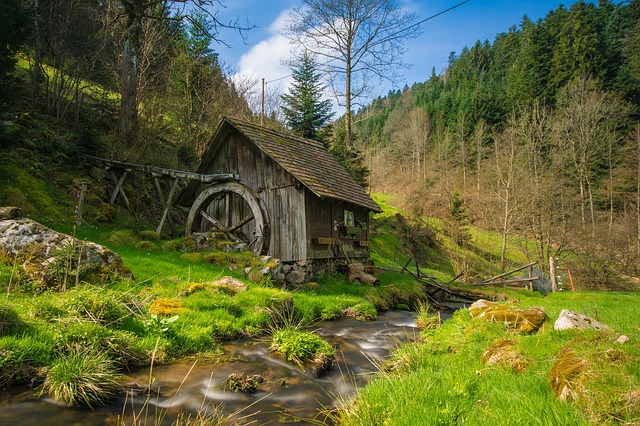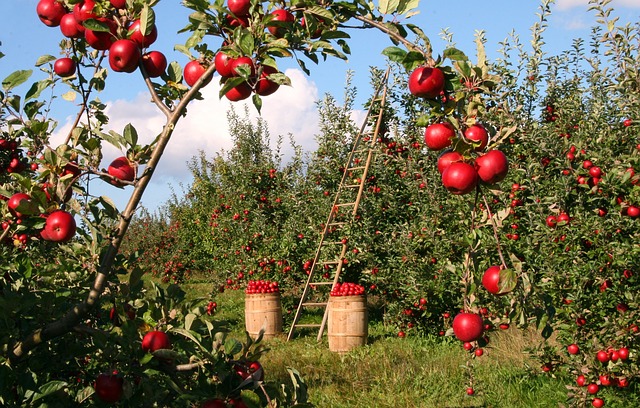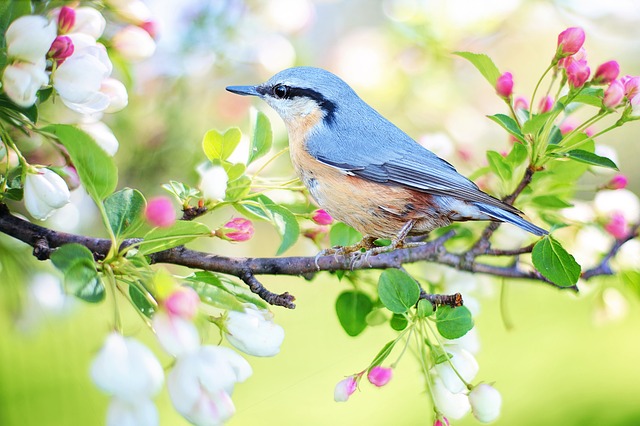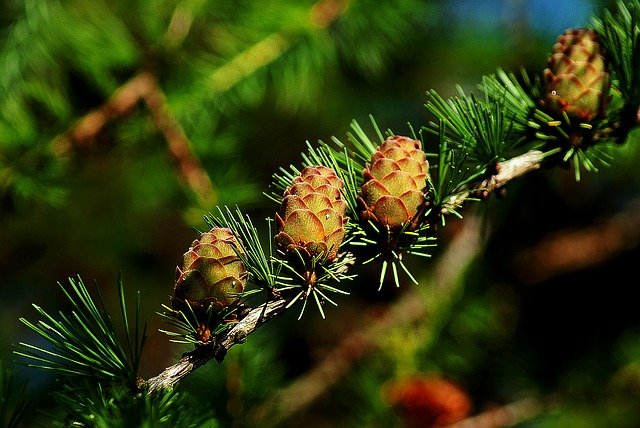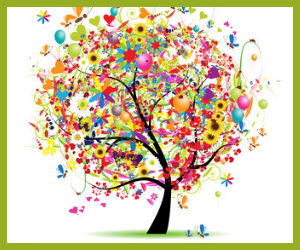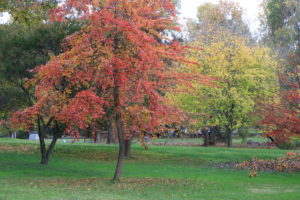Benefits Of Homeschooling Explained
Why let Sam and Betty learn at home rather than send them to a local school?
Well, first of all, you don’t have to wake them up at 7 every
morning and bundle them off to school with umpteen numbers of
instructions and wait with an anxious heart till they return.
Homeschooling gives you more control over the influences that
affect your child. The growth and development of your child
is removed from the realm of the unknown. You and you alone
can decide what your child needs to do or learn. Tailoring
the curriculum to suit the needs and interests of the child
is one of the most apparent benefits of homeschooling
Individual attention is another salient benefit of
homeschooling. For instance, if Lisa needs more time to learn
Math, then she can reduce the time for her English lessons.
There are no fixed hours of learning per subject. This means
that a child has the advantage of assigning more number of
hours to the issue that seems harsh WITHOUT any additional
pressure. The amount of time needed to learn each subject
will depend on the abilities and interests of the child.
The schooling of the child becomes an extended family activity.
Parents get involved in every step of the learning procedure.
Field trips and experiments become family activities. Thus,
the child receives more quality time with his parents. The
entire family shares games, chores, and projects. Family
closeness becomes the focus here. The child is also free of
any negative peer pressure while making choices and decisions.
Competition is limited when it comes to homeschooling. The
child does not need to prove his ability with regards to other
children. His confidence remains intact. Since parents have a
deep understanding of their child, they can plan the learning
program to pique the child’s interest. It is also possible to
intersperse difficult tasks with fun activities. A tough hour
with Algebra can be followed by a trip to the nearest museum.
Learning becomes fun. Parents can also tailor the curriculum to
suit the learning style of the child. Some children learn through
reading, while others need to write, and still, others need to see
objects in action.
Homeschooling allows parents to take control of the moral and
religious learning of the child. Parents have the flexibility to
incorporate their beliefs and ideologies into the child’s curriculum.
There is no confusion in the child’s mind either because there is
no variation between what is being taught and what is being practiced.
Lastly, more and more parents are getting disillusioned with the
public school system. They believe that their children are being
pushed too hard or too little. Other worrying issues about
discipline and ethics also make the school system less welcome. Many
repudiate the educational philosophy of grouping children solely on
the basis of their age. Some parents themselves have unhappy memories
of their own public school experience that motivates them to opt for
homeschooling when it comes to their own children.
Homeschooling is the best way to teach a child if you have the time,
the ability and the interest to follow through with his education. After
all, nobody can understand or appreciate your child more than yourself.
Thank you for visiting http://howtoplanttrees.com website and reading this Benefits Of Homeschooling article post. For more related articles visit http://whentoplanttrees.com


